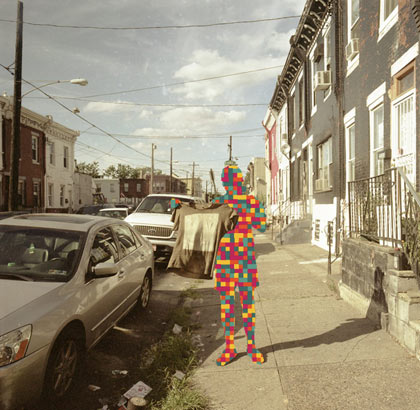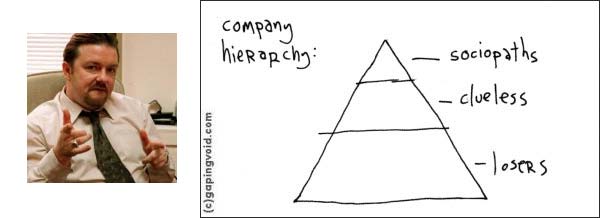Adelphia Communications, Barings Bank, Enron, HealthSouth, HIH Insurance, Hollinger International, Tyco International, WorldCom/MCI, Xerox…the white collar crime list goes on. But, did the executives at these companies start out as criminals or did they head down the slippery slope to criminality one misplaced step at a time? According to research to be published in the International Journal of Business Governance and Ethics, there are twelve steps to white-collar crime. (…)
The researchers have broken down the process of white-collar crime into 12 steps, with steps one to four explaining how the “players” first encounter and support each other and begin to spot the opportunity for illegal activity.
These first four steps are: The perpetrator is hired into a position of power. Second step, personality and life circumstances affect the perpetrator in such a way that they recognise their power. In the third step “drivers” who turn a blind eye or condone certain activities come into view. The fourth step sees passive participants recognizing an opportunity.
In steps 5 to 8 the truth of escalating illegal activity is hidden.
In step 5 reluctant participants are drawn into the web of deceit by the “leader”. In step 6 distrust of the other people involved emerges. In step 7, the perpetrator recognizes they have their accomplices in a vulnerable position and begin to exploit that position. In step 8 bullying tactics become increasingly common as illegal goals are aimed for.
In steps 9 through 12 the perpetrator’s actions are challenged and publicised revealing the white-collar crime.
In step 9, the crime continues, but the perpetrators, trapped in their insatiable addiction, become more blaze, taking bigger risks, and seeking more lucrative exploits.
In step 10, an undeniable paradox becomes apparent, as the participants’ values and their behavior are now obviously in conflict.
In step 11, a whistleblower steps up to the mark and the leader loses control.
Finally in step 12, blame is laid at the feet of the perpetrator at which point they either deny everything or admit their guilt and seek forgiveness by laying bare their activities.
{ Inderscience/EurekAlert | Continue reading }



























